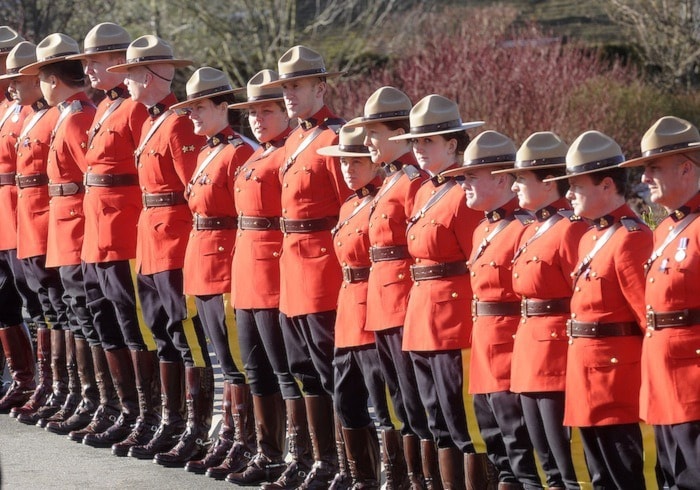B.C. municipal leaders are urging reforms to the current formula for allocating policing costs.
When a small city reaches more than 5,000 population, its share of policing costs suddenly spikes and property tax bills soar
Grand Forks Coun. Christine Thompson said there will be a "horrendous cost" to her taxpayers when Grand Forks reaches 5,000 residents and its share of policing costs leaps from 30 per cent to 70 per cent.
"It can be pretty catastrophic for small communities," added Oliver Mayor Ron Hovanes, whose city has crossed that threshold.
A resolution passed Thursday by UBCM calls on the province to redraw the formula so the municipal contribution grows more gradually.
It was opposed by representatives of even smaller communities and unincorporated areas who said their jurisdictions don't cause as much crime as urban centres nor do they get the same level of police service, and therefore they shouldn't be forced to pay more than they do now through such a reform.
North Cowichan Coun. Al Siebring noted Duncan has somehow kept just under the 5,000-resident threshold. "The joke is they send 15 people to Hawaii at census time because it's cheaper."
UBCM delegates passed a second Terrace-sponsored resolution that calls for a detailed analysis of rural policing requirements so any changes can be based on actual data.
Terrace Coun. Stacy Byers noted Terrace so far doesn't bar its municipally funded RCMP officers from leaving city limits to help patrol outlying neighbourhoods that don't contribute to city police costs.
But she noted other municipalities are beginning to take that hard-line approach.
